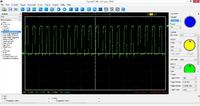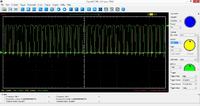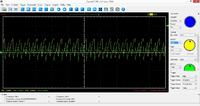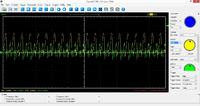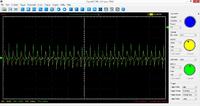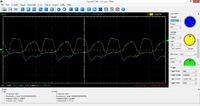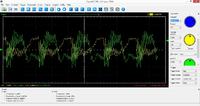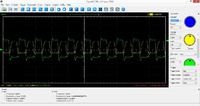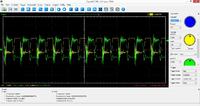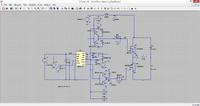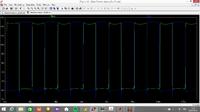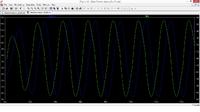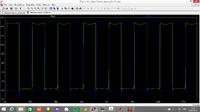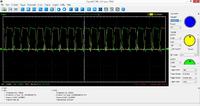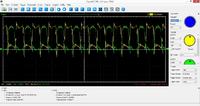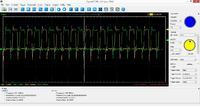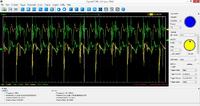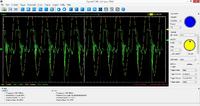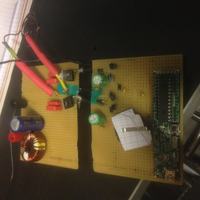Sadek
Junior Member level 3

Hello,
I am simulating a mosfet gate driver (IR2110), at high frequency (1MHz), for an half bridge, feeding an induction load.
My design is based on an IRF application note (AN 978).
The issues that I have are as follow:
_ HO and LO values are not equal;
_ at initialization, the IR2110 introduces a delay on the first pulse. But the frequency is followed after the first pulse.
The design can be surely be improved and the configuration optimized (bootstrap capacitor value etc...). I would greatly appreciate a help !
Thanks a lot


Sadek
I am simulating a mosfet gate driver (IR2110), at high frequency (1MHz), for an half bridge, feeding an induction load.
My design is based on an IRF application note (AN 978).
The issues that I have are as follow:
_ HO and LO values are not equal;
_ at initialization, the IR2110 introduces a delay on the first pulse. But the frequency is followed after the first pulse.
The design can be surely be improved and the configuration optimized (bootstrap capacitor value etc...). I would greatly appreciate a help !
Thanks a lot


Sadek



